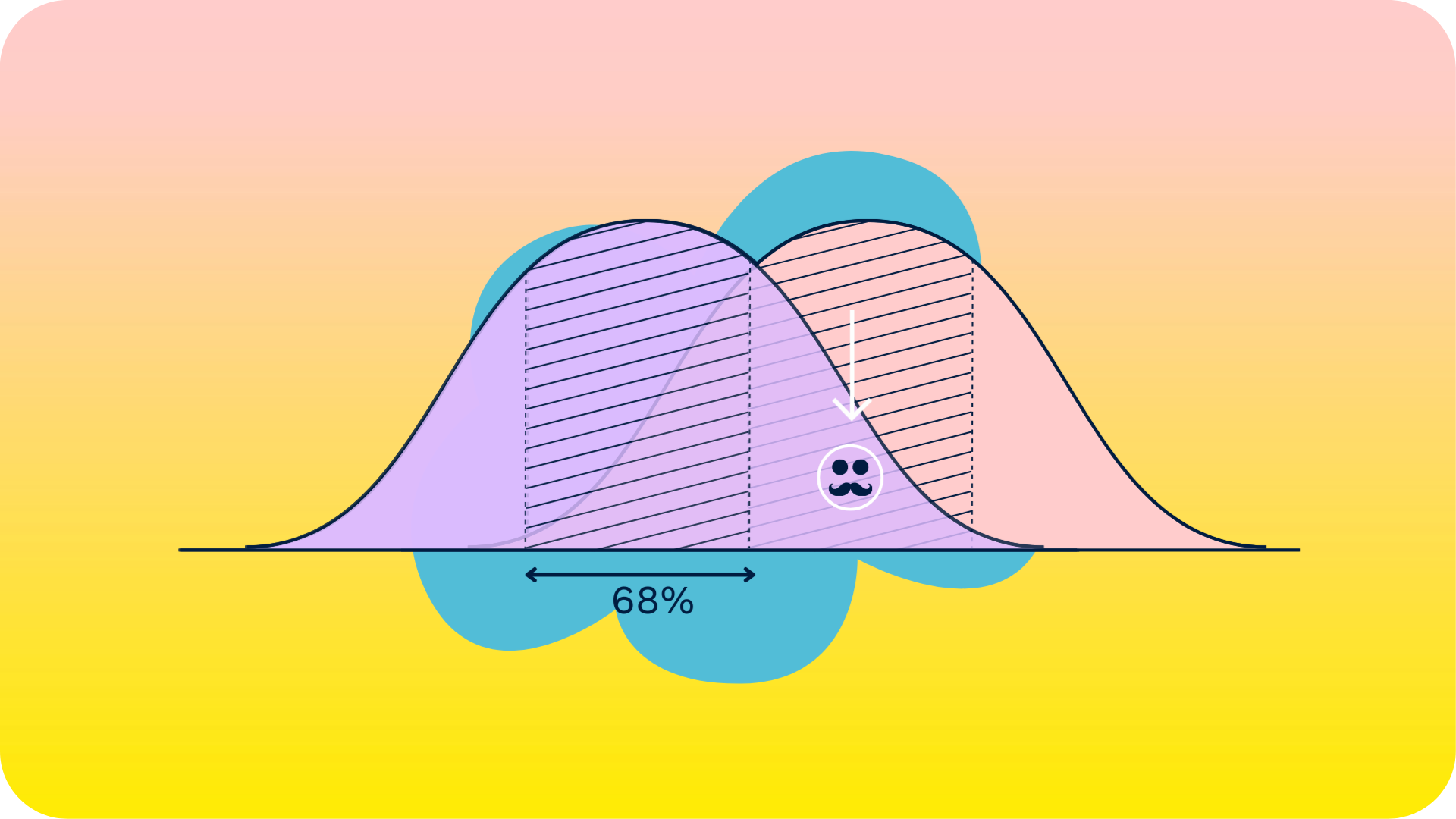Forget cool ideas, innovation is all about (passionate) people
Recently, I was invited to clean up the old archive of my previous career, a global professional services firm where I was leading innovation for the EMEA region. I saw all the booklets, posters, campaign materials, tech gadgets and other materials we created throughout the years. It reminded me of how we innovated ourselves back then (2008) and how organizations are still struggling with similar challenges. Hence, I thought it would be nice to share some of my lessons learned in this article around the concept of innovating within an organization. Innovation is about passionate people!
To innovate or to not innovate, that’s not really the question (is it?)
The term ‘innovation’ has been used in so many different ways. It has almost become impossible to determine what an organization actually means when it talks about ‘being innovative’. After 15 years of working with and for organizations on the topic of innovation, I’ve seen many different approaches to the term. Not only the definition itself, but also the interpretation as to how an organization approaches it are so different. Ranging from creating a more entrepreneurial mindset for employees, to improving the existing business and launching radical new products or solutions that are cannibalizing the core business. I’ve witnessed organizations struggle with them.
“I see innovation as a means to help move an organization towards becoming Future(s) Ready.”
With regards to the definition, I see innovation as a means to help move an organization towards becoming Future(s) Ready. I use plural on purpose here, since we don’t know what the future will look like. So instead of focusing on what you think is the most plausible future, it might be more valuable to explore the different futures ahead and embrace them. We call this the Cone of Possibilities. There is a probable future ahead of us, but there are also plausible and possible futures. The challenge is to be ready for all of them. And in order to achieve that, innovation could be a means.
Successfully failing at organizing innovation
So with this in mind, I thought it would be interesting to share some of my learnings from these experiences. I see five lessons that are often key factors in the difference between successful innovation and successfully failing at organizing innovation.
- Don’t be afraid to be bold to the leadership. If they don’t buy it and don’t truly want to innovate, then don’t bother. Note: I’m not talking about having it written down in the annual report as a nice innovation theater thing. Without commitment from the top it will be tough when things get challenging. What might help, is to (re)educate them. Bring them to clients to hear what they would like to see, or send them to a tech conference or other nicely designed program. We went to Singularity’s University’s Executive program to better understand the impact of technology on our client’s business (and ours).
- Find people that intrinsically want to create change. As I once shared in my TEDx talk, innovation is not (just) about generating or identifying creative ideas. Rather it is about finding passionate people that believe in something and want to create change. Instead of focussing on identifying or generating innovative ideas, try to find passionate people with intrinsic motivation to create change. We shifted our approach from generating ideas to finding intrapreneurial people. We stimulate them through training and incentives to help us build new solutions.
- Mind the corporate antibodies. Every organization has corporate antibodies. These are people or processes that will hinder what you are planning to change or hinder your new solution / product. It doesn’t help to neglect them. For example, the privacy team will for sure kill your idea if they see a risk with your amazing new data solution. Rather involve them from the start; how could you collaborate, what is the benefit for them? And don’t be fooled, they work just as in your body, they are fine with everything as long as the bacteria doesn’t become active. But, the minute it does, the white cells come and attack the intruder…
- You’re smart, but they are smarter. Too often we see organizations that are too self confident about their expertise and knowledge. These organizations are capable of acknowledging the fact that for every employee there are 10 outside their organization that are as smart (or smarter). So instead of limiting your own beliefs, think how you could learn from others outside the organization. Who could be potential partners in the ecosystem? Who has tried this before and can share insights? Go sit and talk to people outside of your organization; visit incubators, talk to startups and entrepreneurs and learn from them.
- It is about perseverance. So you thought being an innovation manager was fun and perceived as a cool job within the organization? Well it is. Nevertheless, we quite often (unfortunately) see it perceived more as a department that costs money instead of delivery money or value. This is also referred to as the fee burners instead of the fee earners. The thing is, change is per definition resistance. That’s how we are set up as human beings. Of course we say we like change. However, when things become real, then people tend to find it a bit more challenging. So, as a driver of change, you need to have thick skin and truly believe in where you want to head to create the desired change.
“But innovating is also about making small steps, experimenting, trying something new, daring to fail and believing in action rather than only theory.”
Take the first step
I have no illusion that these points are the only difference between success or failure when trying to ‘innovate’ your organization. There are for sure hundreds of other criteria that should be taken into consideration. But innovating is also about making small steps. Experiment, trying something new, dare to fail and believe in action rather than only theory. Hence, maybe these few tips may help you get on your way, review your current process, or simply think about your next step.
So, next time you are thinking about whether or not your organization is Future(s) Ready and how innovation can help, think of this article! Hopefully these five little lessons will be in the back of your mind.
Interested in learning more on how we help organizations be Future(s) Ready? Drop us a line and we would be happy to get in touch.
Written by Alexandre Janssen
Head of Engagement and Co-Founder of Minkowski











